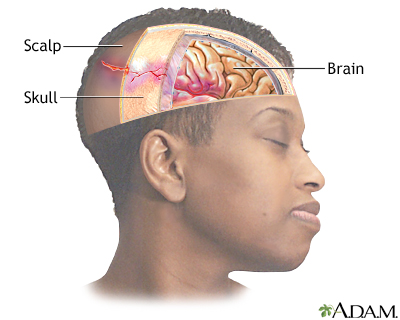First Aid Action on Shock
Treatment for shock in first aid condition are can be manage by acronim WARTS (W: Warmth A: ABC's (Airway, Breathing, Circulation or CPR) R: Rest and reassurance T: Treatment (treat the cause of shock) S: Semi-prone position, which is the same thing as recovery position).

First aid treatment of shock includes:
1. Immediately to give comfort position to the victims if they are conscious.
2. If you are alone, call for help. If not, send someone to call for help and have someone stay with the victim.
3. Ensure airway patency and assess breathing. If possible, place victim in the recovery position.
4. Apply direct pressure to the wound if there is any bleeding.
5. Cover him with a blanket or jacket, but not too thick to cause vasodilation.
6. Do not give him a drink; moisten his lips if requested.
7. If you notice the legs are uninjured, elevate them 20–30 cm (Trendelenburg position).
8. Reassure the victim, as they will be very anxious, frightened and possibly nauseated.
9. Prepare for cardiopulmonary resuscitation (CPR).
10.Once you've cared for the patient's immediate needs, gather a focused history: "What happened?" "Do you have medical problems?" "Do you take any medications?" "Do you have any allergies to medications?" Record this information if possible. The patient may lose consciousness, and this potentially valuable information may be lost.
11.Provide the gathered information to the ambulance personnel when they arrive.
The management of shock requires immediate intervention, even before a diagnosis is made. Re-establishing perfusion to the organs is the primary goal through restoring and maintaining the blood circulating volume ensuring oxygenation and blood pressure are adequate, achieving and maintaining effective cardiac function, and preventing complications Read more!
















